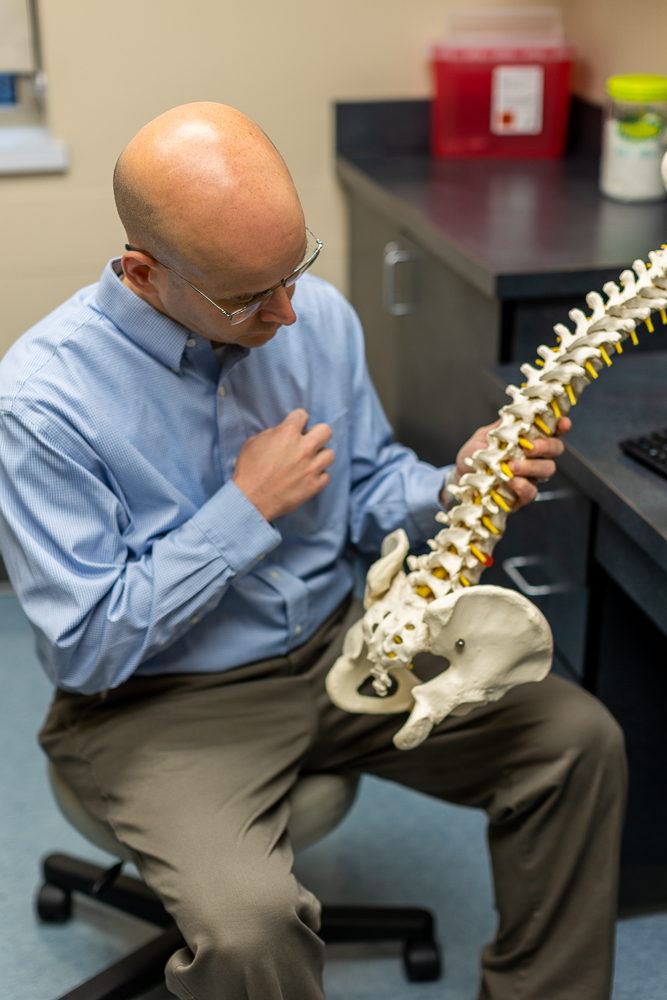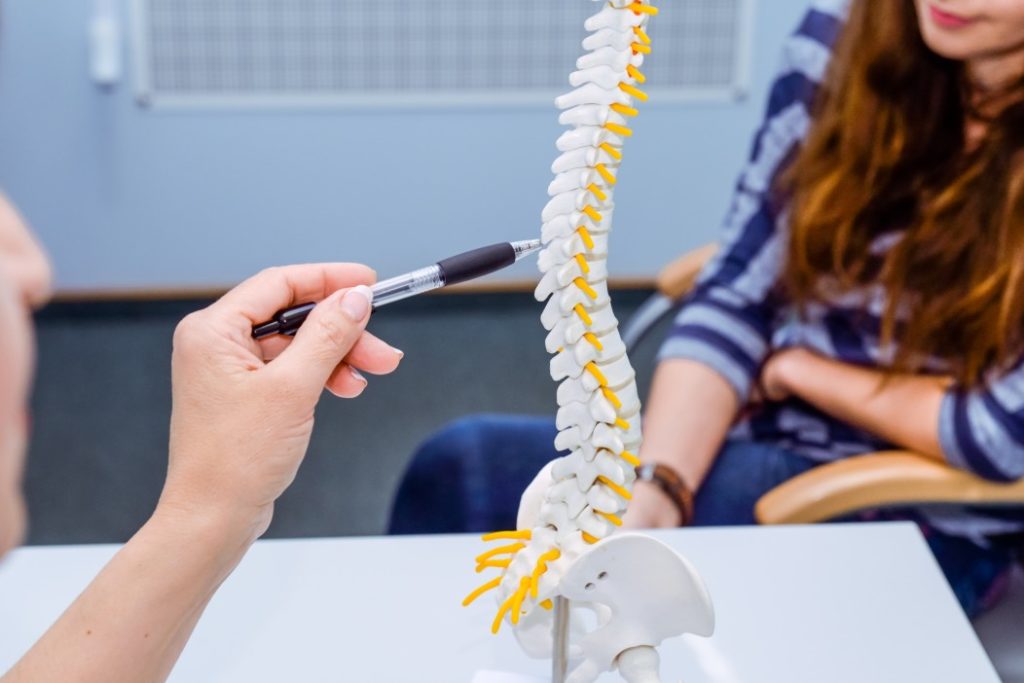 The shoulder is a large ball-and-socket joint that allows lots of motion. As such, it is susceptible to a variety of shoulder injuries that can occur during everyday activities at home, at work and at play. While athletes who participate in contact sports like football – or activities that involve repetitive overhead motion like tennis, pitching or swimming – are certainly at risk of shoulder injuries, they are not the only ones. Many common shoulder injuries are caused by repetitive motion or trauma from a fall, accident or otherwise hard blow to the shoulder.
The shoulder is a large ball-and-socket joint that allows lots of motion. As such, it is susceptible to a variety of shoulder injuries that can occur during everyday activities at home, at work and at play. While athletes who participate in contact sports like football – or activities that involve repetitive overhead motion like tennis, pitching or swimming – are certainly at risk of shoulder injuries, they are not the only ones. Many common shoulder injuries are caused by repetitive motion or trauma from a fall, accident or otherwise hard blow to the shoulder.
Below, we discuss four common types of shoulder injuries and possible treatment options, including surgical and nonsurgical methods.
Dislocated Shoulder
A dislocated shoulder occurs when the upper part of the arm bone pops out of the shoulder socket. This type of shoulder injury is often caused by a high-impact fall or blow to the shoulder. In severe cases, the tissue and nerves around the shoulder may be damaged, increasing the risk of re-injury. Recurrent shoulder dislocations can also cause chronic instability and weakness.
Separated Shoulder
Shoulder separation occurs when a person falls directly on his or her shoulder, tearing the ligaments connecting the collarbone and the shoulder blade. This can cause the shoulder to stick out or separate from the body, which can put pressure on the top of the shoulder and lead to severe shoulder pain or weakness.
Rotator Cuff Tear
Like other shoulder injuries, rotator cuff tears are often caused by high-impact collisions or repetitive overhead motion. The rotator cuff comprises a group of muscles and tendons that attach the humerus (upper arm bone) to the shoulder blade and help move the arm up and down. If the tendons are injured or damaged, they can pull away from the bone and cause a partial or complete tear. Rotator cuff tears can lead to pain, loss of strength, decreased range of motion, and catching, locking or popping of the shoulder.
Shoulder Fracture
A shoulder fracture, such as a proximal humerus fracture (also known as a broken shoulder) involves a break or crack in the shoulder bones that usually causes severe pain with redness or bruising. Proximal humerus fractures occur most often in elderly patients as well as individuals with osteoporosis (bone disease). Other types of shoulder fractures include the scapula (shoulder blade) or clavicle (collar bone).
Treatment for Shoulder Injuries
Regardless of the type and cause of shoulder injury – from the wear-and-tear of daily living to work-related injuries and sports injuries – it is important to seek medical treatment early to avoid permanent damage or loss of function, and reduce the risk of re-injury. Physicians who specialize in treating orthopedic shoulder conditions at Dickson-Diveley Orthopaedics include:
- Stanley A. Bowling, M.D.
- Brian J. Divelbiss, M.D.
- Scott Ellsworth, M.D.
- C. Lan Fotopoulos, M.D.
- Lowry Jones, Jr., M.D.
- Steven T. Joyce, M.D.
- Thomas P. Phillips, M.D.
- Charles E. Rhoades, M.D.
- Fermin J. Santos, M.D.
- Thomas L. Shriwise, M.D.
- Mark J. Winston, M.D.
Depending on the age of the patient and severity of the condition, treatment may include arthroscopy, shoulder reconstruction or replacement (for severe shoulder fractures and/or injuries often caused by osteoarthritis), or reverse total shoulder arthroplasty.
While shoulder surgery is sometimes the best option, there are alternatives. Through interventional (non-invasive) procedures, our physical medicine and rehabilitation physicians (also known as interventional physiatrists) treat and manage painful symptoms related to a variety of orthopedic conditions, including shoulder injuries. Other nonsurgical approaches include but are not limited to physical therapy, braces/splints, anti-inflammatory medication and injections.
Contact us for more information and expert recommendations on the right course of treatment.
***
The medical information contained in the Dickson-Diveley Orthopaedics website is provided to increase your knowledge and understanding of orthopedic conditions. This information should not be interpreted as a recommendation for a specific medical or surgical treatment plan. As each patient may have specific symptoms or associated problems, the treatment regimen for a specific patient may not be the proper treatment for another.
Gaining knowledge and understanding of a particular problem or condition is the first step in any medical treatment plan. We believe the information presented on our website will be helpful for those individuals experiencing hand and wrist diseases, injuries, or other related problems. However, this information is not intended to replace the advice of your family physician. You are encouraged to consult with your physician to discuss any course of treatment presented or suggested.


